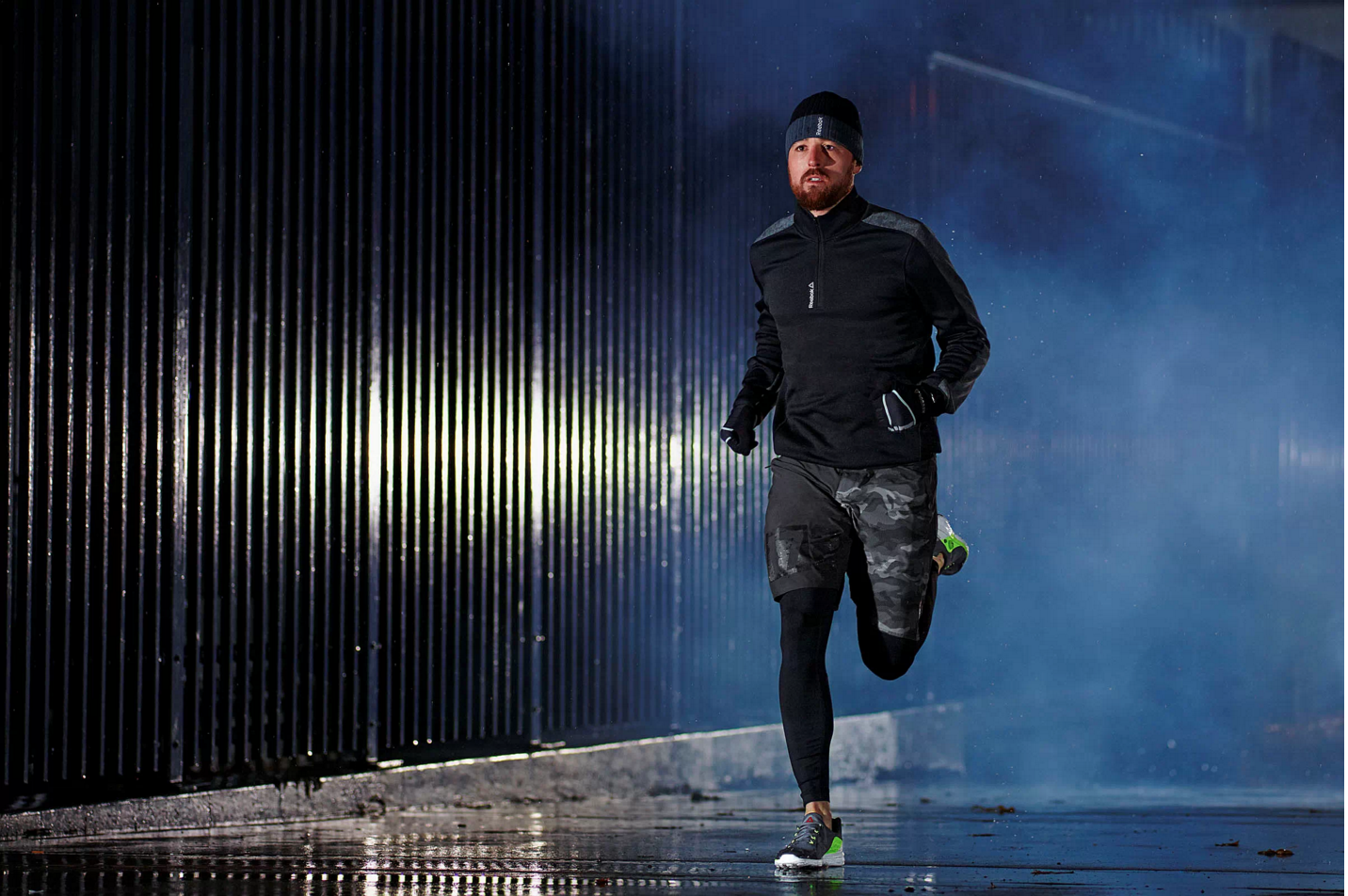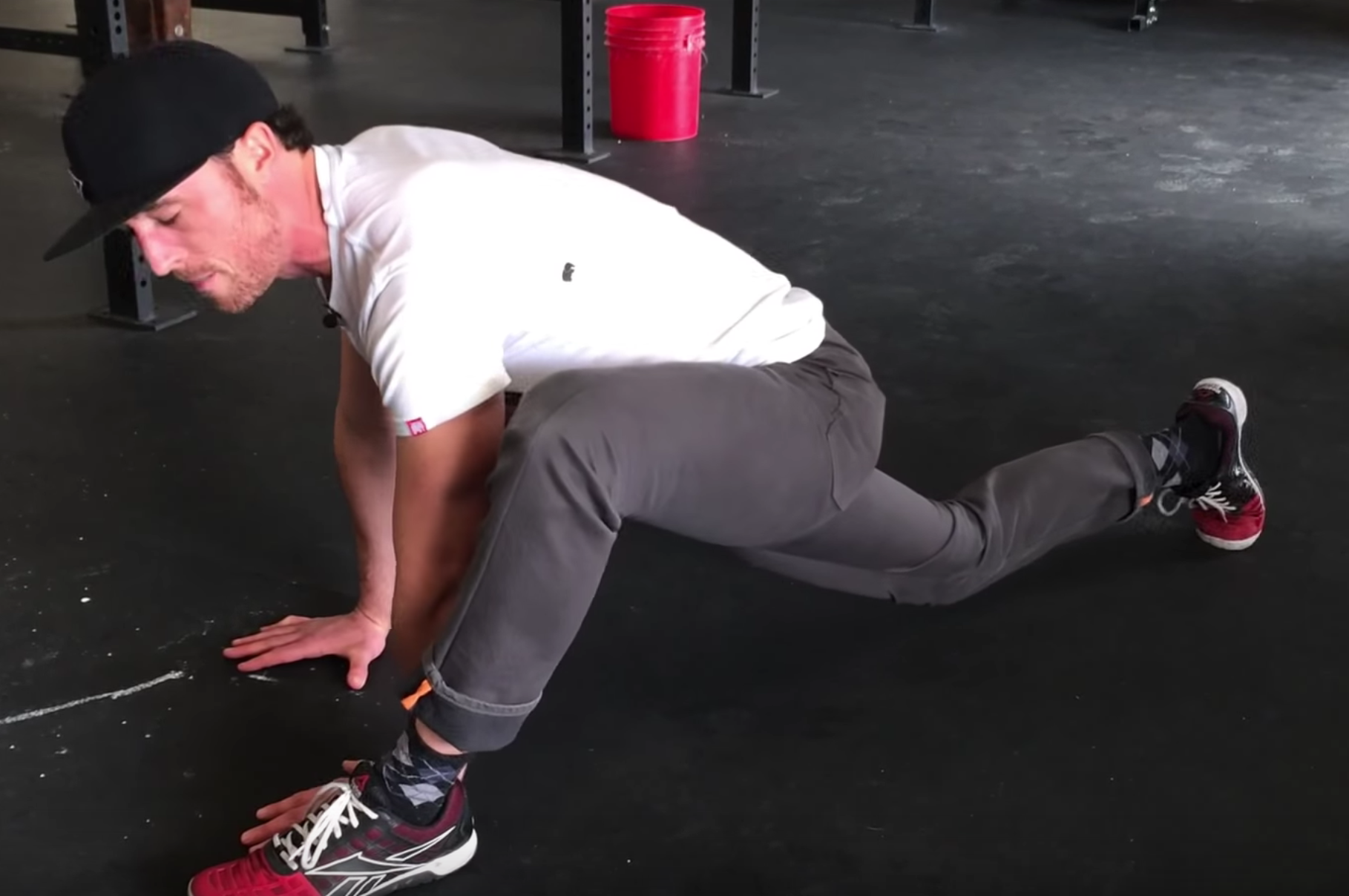8 Tips for How to Run in Cold Weather
8 tips for running in the cold. Learn how to run outside in the winter, whether it's 10 degrees, 30 degrees, or 50 degrees outside.

Are you ready for our best tips for cold weather running? Cabin fever is real—especially in cold winter climates when you’re boxed inside all day and night.
Embrace learning how to run in cold weather, and you’ll be ready to hit the pavements or the trails all four seasons of the year.
Regardless of where you live, running is actually the best way to exercise comfortably outside, even in the coldest weather.
Below, we’ll walk you through tips for running in the cold, and how to dress for a variety of temperature conditions.
8 Tips for How to Run in Cold Weather
In fact, the equipment needed for cold weather running is surprisingly minimal, especially compared to other winter sports. Trust me, the fresh air is quite enjoyable once you prep yourself.
Whether you’re looking to refine your outdoor running experience or you’re looking to take it outdoors for the first time, follow these 7 effective tips for running in the cold weather and gain mastery over your running challenges.
1. Download a Weather App
Choose an app that tracks temperature by the hour. Sure, the daytime high could reach a balmy 45 degrees, but it still might be 20 degrees first thing in the morning or after work. You’ll also want to know the wind, precipitation, and sunrise/sunset times. These crucial details will help you choose your clothing, footwear, and the need for reflective gear and headlamps.
Remember, a sunny 25 degree windless day can be far more pleasant than a 40-degree day with freezing rain and howling winds, especially if not dressed properly.
Wunderground is my favorite.
2. Overdress
It is far better to overdress and have to remove layers than to spend your entire run shivering. I opt for sweat-wicking material for cold weather running to avoid excess moisture on the skin.
The right clothes will not only keep you warm but your ankles and knees will be that much more warmed up for your workout. Below are some rough clothing guidelines for different temperatures:
What to wear running in 50-degree weather
In 50-degree weather, dress in layers that you can remove as your body warms up. A light long-sleeve top paired with shorts or leggings is usually sufficient. Consider moisture-wicking fabrics to keep sweat away from your skin. A light jacket or a vest can provide extra warmth during your warm-up or cool-down phases. Breathable, lightweight gloves might be necessary for some, especially if you tend to have cold hands.
What to wear running in 40-degree weather
For 40-degree weather, opt for a base layer like a long-sleeve tech shirt made of sweat-wicking material, followed by a warmer layer like a fleece or thermal top. Leggings or running tights are appropriate for your lower body. You may need a light hat or headband to protect your ears and thin gloves. Remember, layering is key, as you can always remove a layer if you get too warm.
What to wear running in 30-degree weather
When the temperature drops to the 30s, your outfit should include thermal leggings or tights and a long-sleeve base layer, topped with an insulated running jacket. A hat and gloves become more important to retain body heat. Consider thicker socks that still have moisture-wicking capabilities to keep your feet warm and dry. A neck gaiter can also provide additional warmth, especially on windier days.
What to wear running in 20-degree weather
In 20-degree weather, start with a moisture-wicking base layer on both your upper and lower body, and add a middle layer like a fleece for extra insulation. Your outer layer should be a wind-resistant jacket. Consider thermal tights for your legs. A thicker hat, a scarf or a face mask, and insulated gloves are crucial to protect your extremities from the cold. Warm, moisture-wicking socks will help keep your feet comfortable.
What to wear running in 10-degree weather
Braving the run in 10-degree weather calls for serious layering. Begin with a thermal base layer for both top and bottom. Add a mid-layer such as a fleece or a woolen top, and use a heavy insulated jacket as your outer layer. Thermal tights or windproof pants are a must. Protect your face with a balaclava or a full face mask, wear a thick beanie, and use insulated, waterproof gloves. Thermal socks or even two pairs of socks can help keep your feet warm in these extreme conditions.
Check out this video from TRE Coach Morgan about our best tips for running in the cold:
3. Bring an Extra Pair of Socks
Whether you land in a random icy puddle or you’re battling some nasty rain and sleet, a pair of dry socks can be a game-changer. Especially on those longer runs, dry feet means fewer blisters and less misery!
Want some more tips for running in the rain? Check out this video:
4. Warm Up–Indoors
Side-note: Here’s a great video about warming up outdoors in cold weather from TRE Coach Holly :
I have all my runners that I coach stop after 5-10 minutes to include some mixture of dynamic movement designed to athletically prep the body for better running. When it’s particularly nasty or dark out, spend 5 minutes doing these exercises BEFORE you head out the door: 10 squats + 10 leg swings + 10 lunges + 10 burpees.
Want an easy to follow the warmup sequence? Check out “Step 2” of our Ultimate Guide on how to improve your running.

5. Drink More Fluids Than You Think You Need
The winter is dry, but cold weather running usually suppresses your thirst. Drink as much before, during, and after as you would in warmer months and you’ll be recovering in no time!
6. Plan Your Route
Are you dealing with slippery sidewalks? Perilously high snowbanks? Or frozen and rutted out trails? Figuring out how to run in cold weather involves planning a route so you can execute your given run for the day safely and effectively. If you think you’ll be out in the dark, bring a headlamp and something reflective to wear.
7. Grow a BEARD. Kidding, But Seriously…
This one is for the guys. Women will swoon, cars will give you extra room, and you’ll instantly shave three minutes off your mile time. Plus, you’ll look extra cool when your beard is all frosted and frozen from your wintery run session. I’m 60% sure all of the above equally applies to women.
8. Experiment and Learn for Yourself
If you’re running close to your house or near your parked vehicle, you have room to experiment and try winter weather running techniques. You might come with extra layers (or fewer layers)—and just be prepared to switch it out if it’s not working.
All these tips for running in the cold are general, but you’ll have to personalize them for yourself.
For example, you might not agree with our recommendations on what to wear running in 50-degree weather—you might find that’s shorts and a tank top weather for you.
By all means, do what feels right for you and your body.
Written originally for Reebok. Read it here as well as other fantastic content on the Reebok site!
Make Cold Weather Running Fun
Armed with these tips for running in the cold, you’re ready to face the elements. Whether you’re running in 50-degree weather or 20-degree weather, you’ll be ready to make it an enjoyable experience.
Finally, don’t forget to download our new mobile app to gain access to coaching advice, daily video workouts, injury prevention tips, and complete training programs that will make you a better athlete and help motivate and inspire your training program every day!
